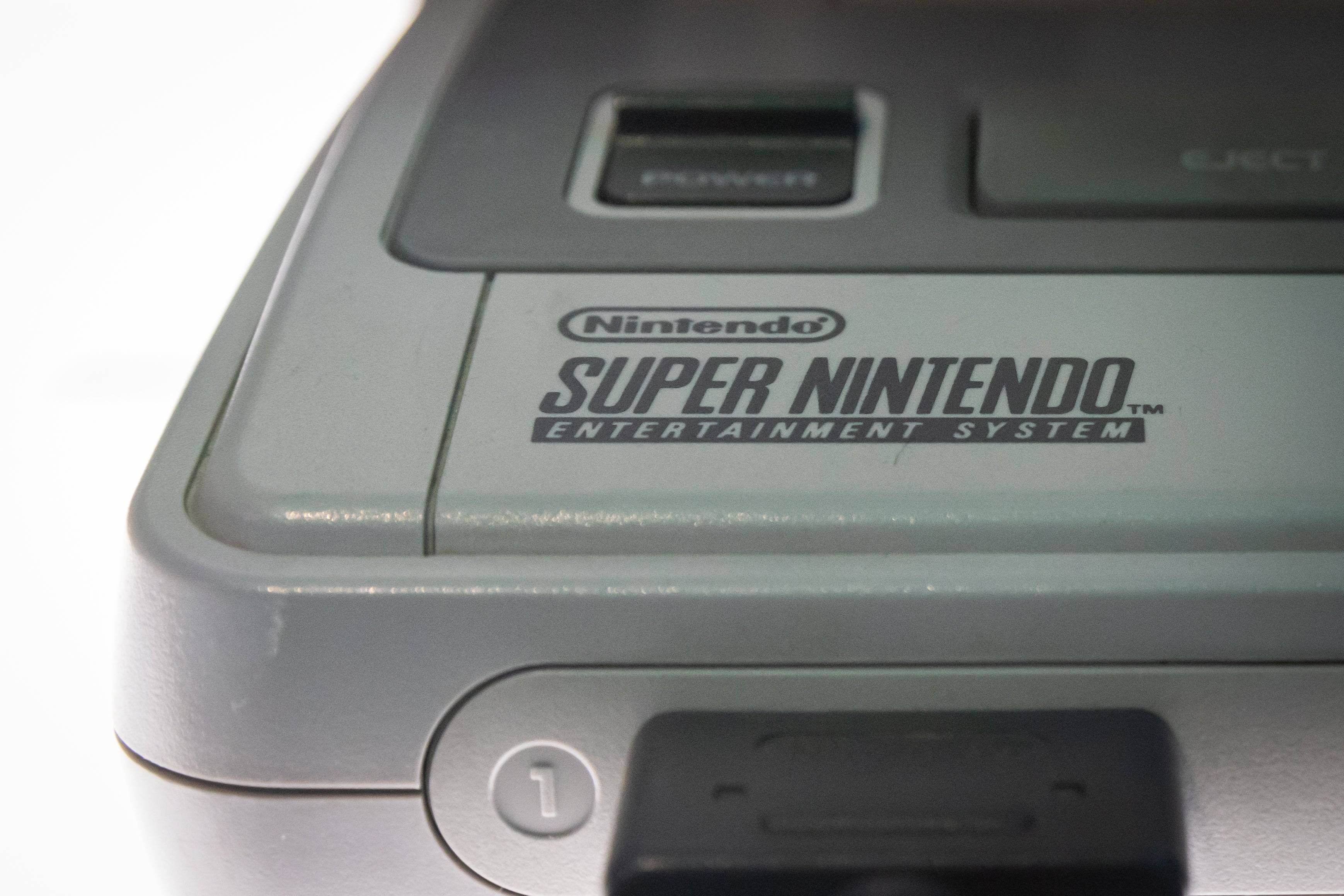The speedrunning community is buzzing with excitement and confusion over a peculiar technological phenomenon: the Super Nintendo Entertainment System (SNES) appears to be running games faster as it ages. This surprising trend was first highlighted by Bluesky user Alan Cecil (@tas.bot) in early February, who noted that the SNES might be performing better now than it did fresh off the production line in the 1990s. This theory suggests that the nearly 50 million SNES units sold worldwide could now be delivering enhanced performance in beloved games such as Super Mario World, Super Metroid, and Star Fox.
The concept of a gaming console improving with age might sound far-fetched, yet Cecil's research points to a specific component as the potential cause: the audio processing unit (APU) SPC700. According to official Nintendo specifications, the SPC700 operates at a digital signal processing (DSP) rate of 32,000Hz, controlled by a ceramic resonator running at 24.576MHz. However, retro gaming enthusiasts have observed that these numbers vary, influenced by environmental factors such as temperature. These variations in DSP rates mean the SNES processes audio at different speeds, subtly affecting game performance.

Cecil's investigation took a fascinating turn when he asked SNES owners to record data from their consoles. The responses, over 140 in total, revealed a clear trend of increasing DSP rates over time. Earlier measurements in 2007 showed an average DSP rate of 32,040Hz, while Cecil's recent data suggests an increase to 32,076Hz. Although temperature impacts these rates, it alone cannot account for the significant rise observed. This suggests that the SNES is indeed processing audio faster as it ages.
In a follow-up Bluesky post, Cecil shared further insights: "Based on 143 responses, the SNES DSP rate averages 32,076Hz, rising 8Hz from cold to warm. Warm DSP rates go from 31,965 to 32,182Hz, a 217Hz range. Therefore, temperature is less significant. Why? How does it affect games? We do not know. Yet."
While intriguing, Cecil acknowledges that more research is needed to understand the full extent and cause of these changes. Data from the console's early years is scarce, but the current findings indicate that the SNES is aging gracefully as it approaches its 35th anniversary.
The speedrunning community is particularly interested in these findings, as a faster APU could theoretically shorten load times and impact game performance. However, the effect on game speed is not a direct translation from APU speed. Even under the most extreme circumstances, the impact on speedruns might be minimal, shaving off less than a second. The community's research is still in its early stages, and while further studies are needed, the consensus is that there's little cause for alarm among players.
As Cecil continues his research into the SNES's inner workings, the console seems to be thriving in its 30s. For more on the SNES, check out where it ranks on the list of best-selling consoles of all time.






